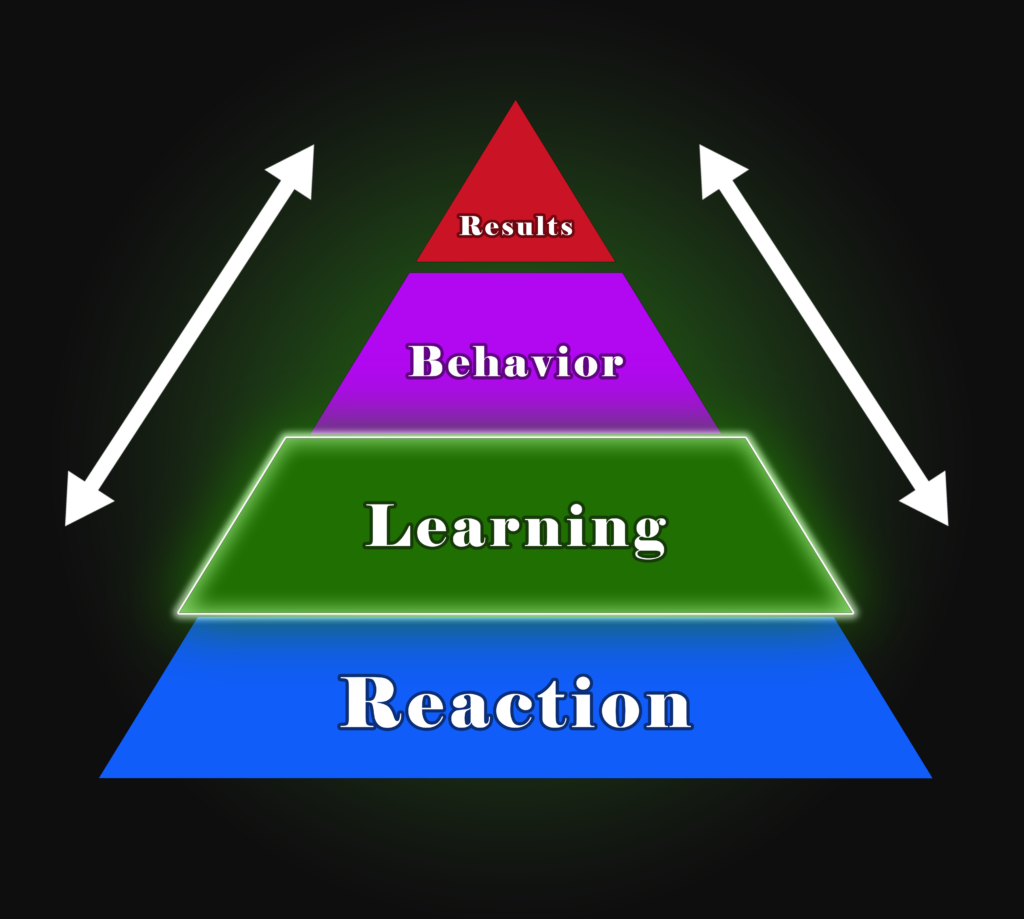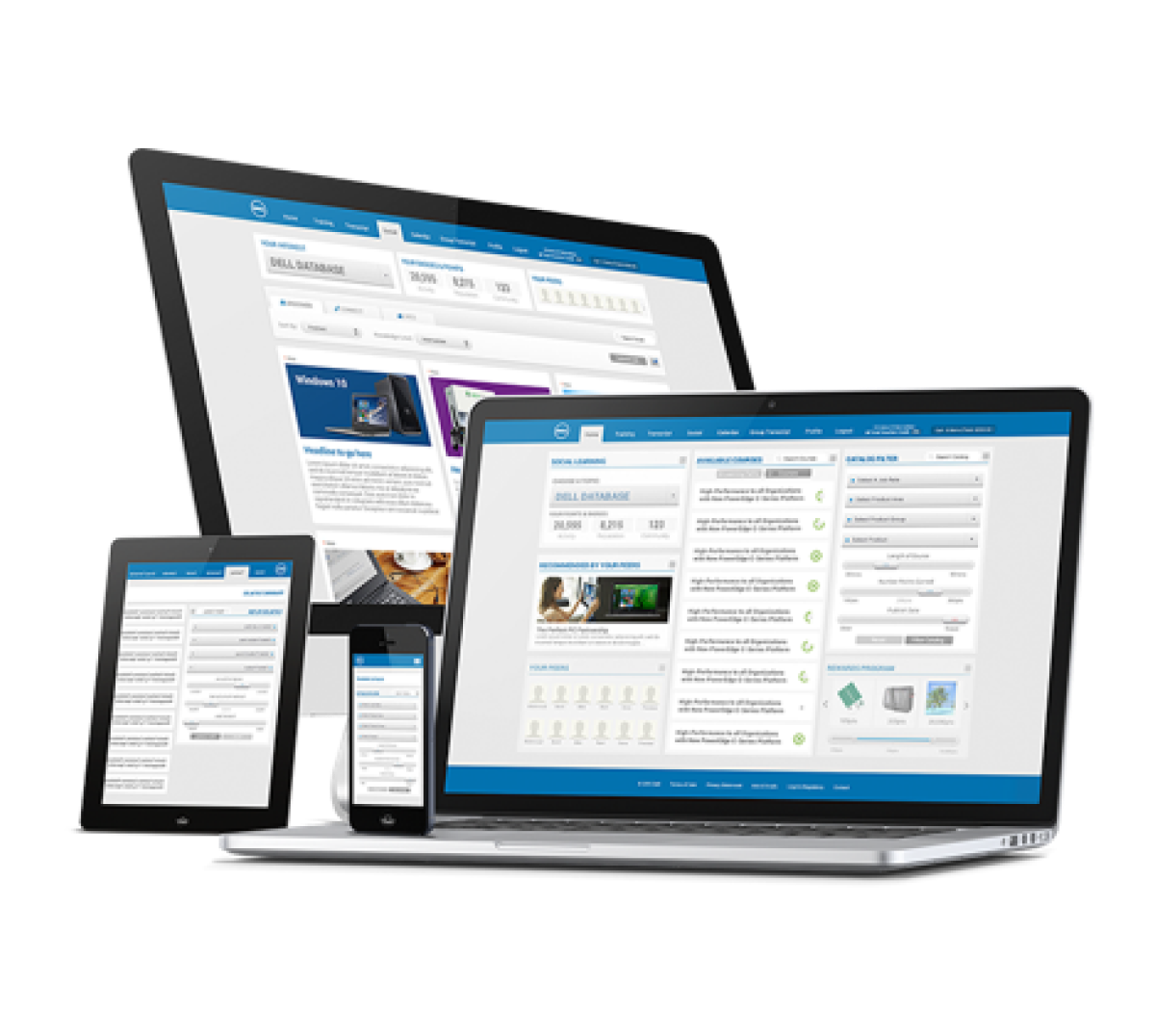
Guest post by Brian R. Brauer, Ed.D. and Ryan Snow, M.Ed

In our last post, we dove into the first level of evaluating a training program using Kirkpatrick’s model, Reaction. The next level we’ll investigate is Learning, where we explore what aspects of the training the participant feels added to their knowledge, skills, or abilities. For example, it’s most helpful to assess learning with a pre- and post-test. A course I took a few weeks ago administered a 10-question quiz at the start of the class and a quiz over the same information after the course.
Another way to assess learning is to have a participant demonstrate or attempt to demonstrate a skill before training and then assess their ability to complete that same skill after training. Similar to measuring reaction, this method is conducted after a training session. For example, having a student tie a knot and measure if it was tied correctly and how long it took to tie the knot before and after the training. This evaluation would assess learning from the standpoint of the ability to complete the task (tie the knot) and proficiency (how long the student takes to tie the knot correctly).
These pre-test/post-test examples measure two points in time- right before and right after training. It doesn’t measure long-term recall of the information or skill, which is crucial in measuring transfer. Training where the participant can complete a task or recall information at the end of a course indicates the item is likely in short-term memory and may not be a long-term stored piece of information. Similarly, without ongoing practice, skills are perishable. So, how do we make a more comprehensive measurement of the value of training? We’ll cover that in our next post when we discuss Kirkpatrick’s Level 3: Behavior.
Book a Demo
Experience how NetExam LMS+ can supercharge your training operations and boost your customer and partner retention. Enter your email address and we’ll connect you with the right person.


